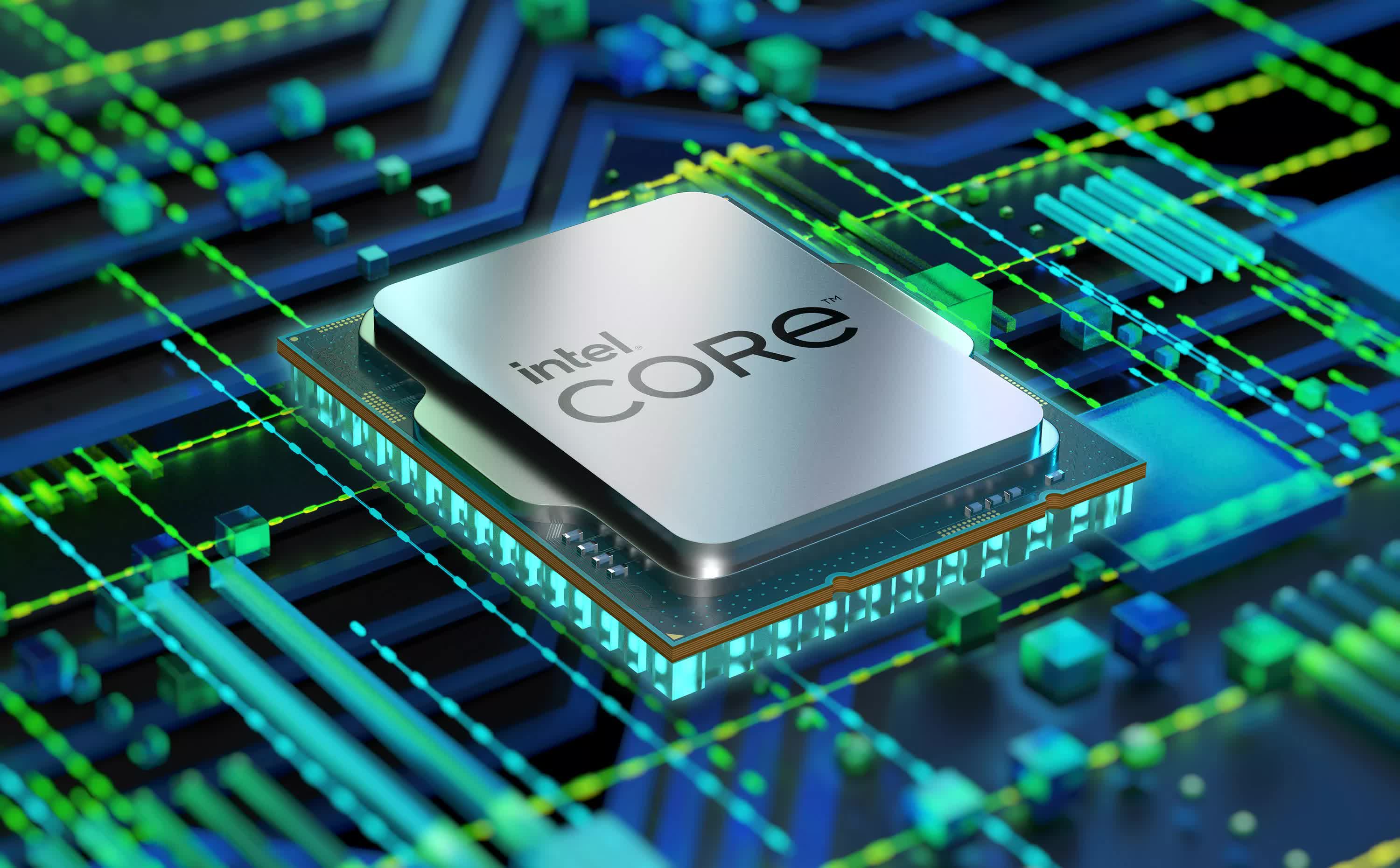Rumor mill: Chipzilla's Lunar Lake and Arrow Lake CPU lineups are expected to begin shipping this fall, with Panther Lake following next year. Recent leaks have teased their labeling, core configurations, wattages, and other details, while new information suggests that Intel is quite confident in the heat tolerances of these chips.

Leaker "Jaykihn" has made multiple posts this week sharing internal information on Intel's upcoming Lunar Lake, Arrow Lake, and Panther Lake processors. One post claims that Arrow Lake and Panther Lake will raise the TJMax of the company's CPUs to 105 degrees Celsius.
If the information is accurate, it represents a notable increase from Raptor Lake's 100-degree TJMax. Meanwhile, Lunar Lake is expected to remain at 100 Celsius.
– AFD (@AFD01979436) July 15, 2024
The number indicates the highest temperature a processor can reach before the system begins throttling to prevent permanent damage, which can limit performance. A higher TJMax indicates that a CPU can withstand more heat and potentially higher clock rates.
Jaykihn also shared a chart containing numerous details on the Arrow Lake-S lineup. The series' top-end Core Ultra 9 variant is expected to feature eight performance cores, 16 efficiency cores, and four extreme efficiency cores. The two listed Core Ultra 7 models include only 12 efficiency cores and the lower-end version has no extreme efficiency cores.
Revised. Labeled a 6+4+0Xe as 6+8+0Xe earlier, which is not the case. pic.twitter.com/MvH3ealFdU
– Jaykihn (@jaykihn0) July 15, 2024
At the bottom of the stack, the seven Core Ultra 5 processors shown each feature six performance cores. Among those, the two K models and all upper-tier variants combine these with eight efficiency cores, but only the top-ranked Core Ultra 5 units include all four extreme efficiency cores. Three lower-end non-K processors bring the efficiency core count down to four.
The K models feature a TDP of 125W, while the non-K processors are 65W and the T variants sit at 35W. The chart doesn't contain exact model names, making it difficult to line the core counts up with the six Arrow Lake-S SKUs that leaked earlier this month.
Arrow Lake -S Processor Power Rails Electrical DC Specifications.
– Jaykihn (@jaykihn0) July 16, 2024
Raptor Lake Refresh -S also provided, for the sake of comparison. pic.twitter.com/7mLL3zUYZY
A final chart compares the Arrow Lake-S power rail electrical DC specs against Intel's 14th-generation Raptor Lake Refresh-S. Across the board, voltages increase from around 1.5V to roughly 1.7V.
The latest information indicates that Intel aims to introduce Lunar Lake in September with Arrow Lake-S coming the following month. Jaykihn previously posted the core configurations for some Panther Lake CPUs, which are expected to succeed Lunar Lake and Arrow Lake in 2025.
Upcoming Intel CPUs could push maximum temperature limits to 105 Celsius